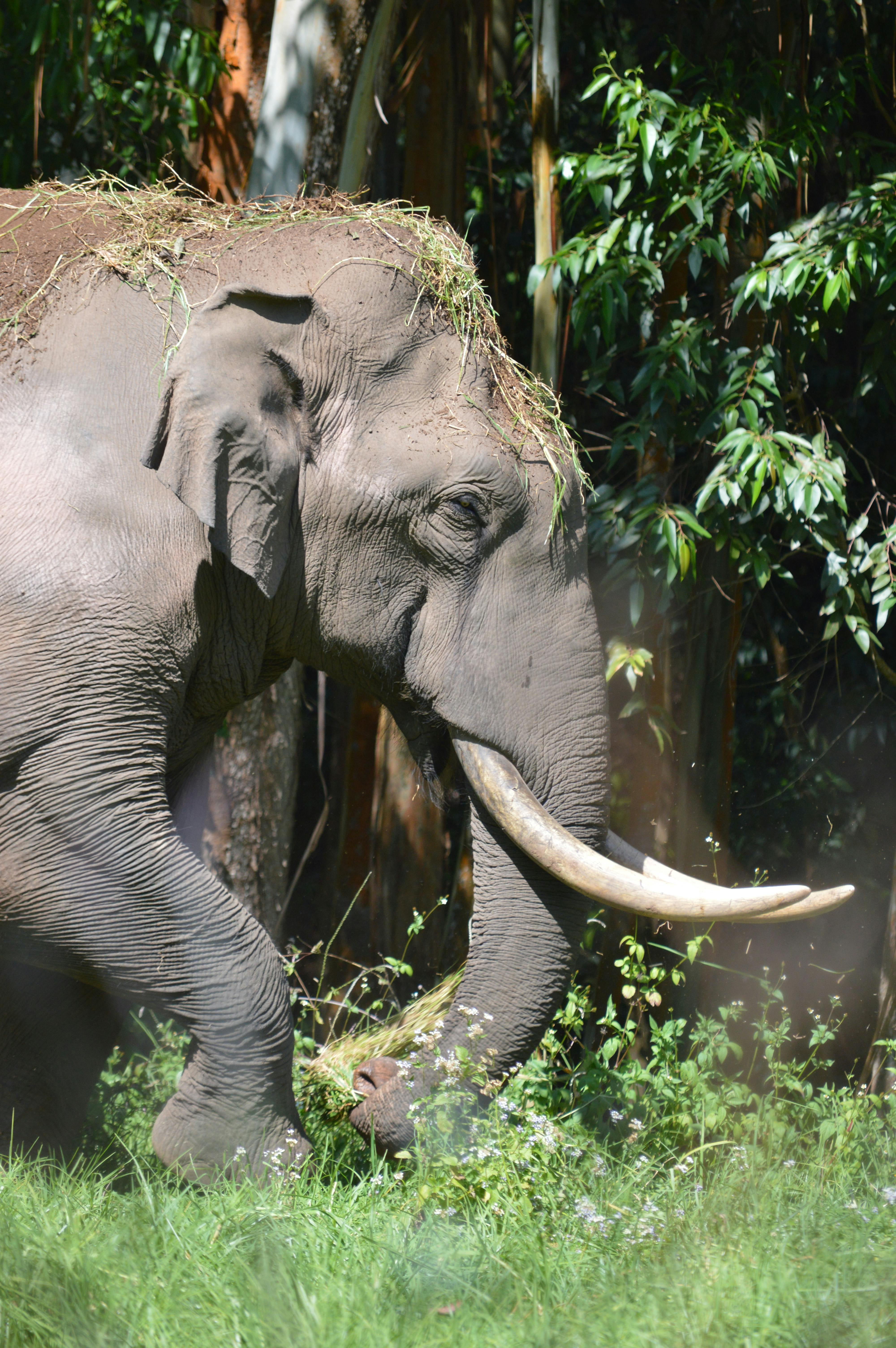
Smart Ways to Understand Winnie the Pooh's Rabbit in 2025
Winnie the Pooh's Rabbit is one of the most delightful characters from the beloved stories crafted by A.A. Milne. As a resident of the Hundred Acre Wood, Rabbit exemplifies unique traits and engaging adventures alongside his friends, such as Pooh Bear, Tigger, and Eeyore. In 2025, a deeper understanding of Rabbit's character is essential for enjoying the magic of these classic tales, especially for children experiencing the stories for the first time.
Rabbit's personality showcases attributes of loyalty and friendship, which resonate deeply with audiences of all ages. By exploring his interactions with other characters, particularly Christopher Robin and Piglet, we uncover meaningful lessons embedded within whimsical narratives. This article will delve into the significance of Rabbit in the context of classic literature and modern adaptations, highlighting the enduring popularity of the Hundred Acre Wood adventures.
We will analyze the storytelling techniques used by Milne and how they contribute to character development and emotional resonance. Engaging with Rabbit's journey offers fun and laughter, providing parents with excellent opportunities to bond with their children over these timeless stories. Join us as we embark on a journey through the wonderful world of Rabbit, discovering the friendship lessons and playful adventures that make Winnie the Pooh a cherished classic.
Exploring Rabbit's Personality Traits and Adventures
Rabbit is an integral part of the adventures that take place in the Hundred Acre Wood, and his character is defined by certain distinct traits. As the planner of the group, Rabbit often takes on the role of the organizer, ensuring that his friends are engaged in fruitful activities. His personality embodies a blend of leadership and a comical side that emerges when things don't go as planned.
Building on these fundamentals, we can see how Rabbit's adventures are not only exciting but also filled with valuable lessons about loyalty and friendship. For instance, one of Rabbit's most famous explorations involves his garden, where he is often protective of his carrots. This garden serves not only as a plot device but also as a metaphor for the nurturing relationships he maintains with his friends.
Rabbit's Role in Friendships Within the Hundred Acre Wood
In examining Rabbit's relationships, it's clear that his interactions with Pooh and the others are a testament to friendship dynamics. While Rabbit may sometimes come off as grumpy or overly serious, his actions demonstrate that he truly cares for his companions. For example, when Rabbit participates in games like Poohsticks, it reveals a softer side where he appreciates time spent with friends.
This naturally leads us to understand that Rabbit's personality also contains elements of vulnerability. He is often faced with dilemmas that can teach children invaluable lessons about honesty and teamwork. Incorporating these themes into storytelling enhances children's engagement with the characters and plot, while also serving as effective educational tools.
Thematic Analysis of Rabbit's Adventures
The adventures of Rabbit and his friends encapsulate a variety of themes prevalent in children's literature, such as imagination, adventure, and understanding. Each chapter unfolds through imaginative narratives that invite readers into a world where whimsical tales create a sense of wonder. Rabbit's character is integral to this experience, showcasing how friendship can entail challenges that ultimately strengthen bonds.
A.A. Milne's writing style is characterized by gentle humor, which echoes through Rabbit's responses to whimsical situations. For instance, when dealing with Tigger's boisterous enthusiasm, Rabbit often finds himself balancing between frustration and delight, providing readers with relatable moments and laughter. This interplay emphasized in the stories captures the essence of childhood experiences where friendships are tested and celebrated.
Delving into Rabbit's Symbolism and Cultural Significance
Understanding Rabbit goes beyond mere character analysis. His role in the narrative also symbolizes various sectors of societal traits such as responsibility and order. The way Rabbit organizes the activities lends itself to broader discussions about leadership and cooperation. In narratives, Rabbit often represents the adult in the childhood world, grounding his friends while still participating in their whimsical adventures.
With these basics established, Rabbit also serves to represent the cognitive processes children undergo when making sense of their relationships. Young readers can relate to Rabbit’s concerns and affections as they navigate their friendships in real life. This reflection encapsulates a crucial aspect of storytelling, as enthusiasm for Pooh Bear’s adventures encourages dialogue around childhood memories, shared laughter, and growth.
Impact of Rabbit on Early Reading Skills and Development
Interactions among the characters can be a great way to enhance early reading skills, as children not only learn to appreciate humor in texts but also understand subtle nuances in dialogues. For educators and parents alike, Rabbit's articulate expressions and meaningful contributions encourage readers to pay attention to narrative structures that enhance comprehension.
The gentle narratives within Winnie the Pooh also open pathways for discussing emotional growth and resonance. By observing Rabbit’s growth throughout the stories, children can recognize pathos in humor and vice versa, helping them navigate their emotional worlds. Integrating themes of loyalty and friendship contributes significantly to their understanding of literature and enhances their cognitive development through engagement with the text.
The Magical Journey of Rabbit in Adaptations
The impact of Rabbit extends beyond the original text as adaptations in film and stage bring a fresh look at his character. Several animated movies and series have reimagined Rabbit’s adventures, allowing for continuous engagement with new audiences. This ongoing evolution is a testament to the timelessness of Milne’s storytelling art, connecting generations through whimsical dialogues and familiar narratives.
As fans of Pooh reflect on Rabbit’s character, there is a strong sense of nostalgia. This emotional engagement fosters shared experiences, ensuring that the adventures of Rabbit and his friends remain relevant in the context of contemporary storytelling. These adaptations help in further spreading the themes of friendship and fun in family-friendly formats.
Lessons from Rabbit's Whimsical Tales
Rabbit's stories in the Hundred Acre Wood are filled with lessons that resonate with children and adults alike. As a model of character loyalty, Rabbit illustrates the importance of being supportive, even when challenged. Through his experiences, children learn that friendships can weather obstacles, and these lessons become foundational as they navigate their own social circles.
A.A. Milne’s use of storytelling techniques, like humor and gentle life lessons, creates an engaging narrative style that captivates young readers. For instance, Rabbit’s guidance during challenging situations, such as when he keeps track of the group's adventures or helps in problem-solving scenarios, reflects key attributes like responsibility and compassion.
Character Development Throughout Rabbit's Stories
Rabbit's character evolves throughout the adventures, reflecting a journey that emphasizes personal growth. With each story, readers witness his development from a cautious planner to a friend who embraces spontaneity. This evolution offers relatable insights for children as they consider their roles in various friendships and missions.
This highlights the importance of fostering resilience, teaching children to understand their feelings and reactions in social contexts. The themes associated with Rabbit's character deepen their understanding of character motivations while allowing them to reflect on their own decisions in relationships.
Engaging Families Through Rabbit's Narratives
Sharing Rabbit's adventures encourages parents to bond with their children over reading. Storytime becomes a cherished ritual, filled with laughter and moral discussions. Engaging families in interactive storytelling techniques deepens the experience as children are invited to participate in Rabbit’s journey, enhancing their listening comprehension and imagination.
Incorporating discussions about character attributes and themes further enriches the reading experience. Encouraging kids to share their insights about Rabbit allows for engaging conversations about loyalty, friendship, and adventure, fostering cognitive development and enhancing emotional understanding.

Interactive Storytelling Techniques with Rabbit
Incorporating interactive storytelling elements into Rabbit's tales leads to an immersive reading experience that captivates young audiences. The narrative techniques employed by A.A. Milne invite readers to engage with the text actively. Techniques such as dialogues and character reflections create a sense of involvement, inspiring children to explore their imagination and creativity actively.
Connected to this principle, parents can utilize Rabbit's stories as educational tools by challenging their children with questions that provoke critical thinking. Asking children to predict outcomes based on Rabbit’s choices encourages them to connect the narratives to their lives, effectively reinforcing their early reading skills.
Creating Discussion Points Around Rabbit’s Adventures
Each adventure featuring Rabbit can serve as a gateway to discussing important life skills and values. Parents can encourage conversations about themes such as empathy, teamwork, and creativity. For example, after reading a chapter where Rabbit helps a friend in need, parents can prompt discussions about how children can offer support to their peers in real life.
Moreover, exploring the humor within Rabbit's interactions not only generates laughter but also helps in developing social skills. Analyzing his playful exchanges with characters like Tigger leads to discussions on appropriate communication and managing emotions in various situations.
Conclusions on Rabbit's Character and Legacy
Rabbit’s character encapsulates the essence of friendship, adventure, and moral lessons that can profoundly impact children's understanding of relationships. By embarking on journeys through the Hundred Acre Wood, parents and children can explore Rabbit’s adventures together, fostering engagement and curiosity in storytelling while nurturing essential values.
In conclusion, Rabbit’s narratives continue to delight audiences, encapsulating life lessons wrapped in whimsical tales. As we explore the evolving nature of these classic stories, Rabbit remains a beloved character whose adventures promote understanding, loyalty, and the beauty of friendship. The legacy of Winnie the Pooh lives on through interactive storytelling that engages generations, making Rabbit's tales timeless treasures for families and children everywhere.
